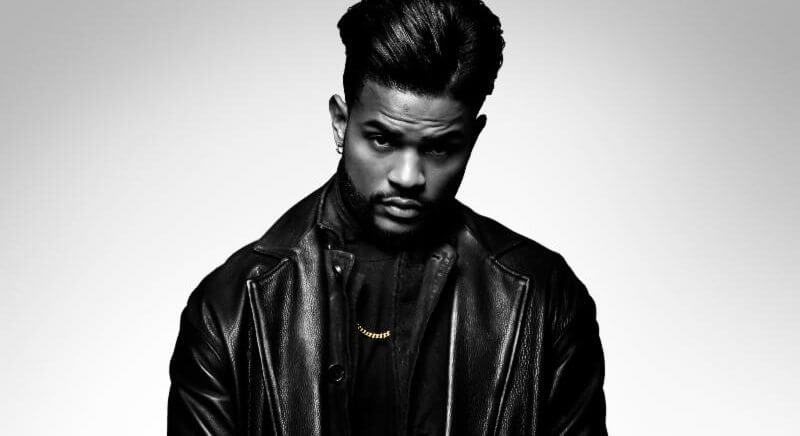The new SuperFly has the style, but not the soul, of the original

The original Super Fly (1972) is a film best remembered for its soulful soundtrack, its peacocking style, and its ostentatious displays of ’70s wealth, all cornerstones of a particularly flashy breed of hip-hop music video. And the best parts of the SuperFly remake resemble one of those videos, utilizing Director X.’s ability—honed through 20 years of directing big-budget videos for artists like Drake, Rihanna, Miguel, and Kendrick Lamar—to stage a decadent party scene. Here, the action is moved to the strip clubs and gaudy suburban palaces of Atlanta, a roomier environment than the oppressive tenements of Harlem. The filmmaking is more expansive, too, utilizing every flashy lighting technique and camera trick at the crew’s disposal for a film that’s lots of fun when the champagne bottles are popping and the $100 bills are floating down from the balcony like confetti.
Moralists who objected to the original Super Fly’s glamorization of the hustler lifestyle aren’t going to like this one, either. Alex Tse’s script hews closely to the plot of the original film, save for the addition of “Snow Patrol,” a gang of presumed Britpop fanatics in sparkling-white ensembles whose petty jealousies make life complicated for our hero, Youngblood Priest (Trevor Jackson), a universally respected player in the Atlanta drug scene. A stray bullet fired outside the club one night by a member of Snow Patrol just barely misses Priest’s head, shaking him enough that he decides it’s time to start thinking about a change of career. But if he and business partner Eddie (Jason Mitchell) are going to make enough money to get out, first they’re going to have to dramatically grow their operation—and in the drug world, the biggest trees get cut down first.
In both films, Priest is a thoughtful, controlled man, who sells drugs not because he loves it but because the underground economy was the only avenue available for him to make something of himself. He does love clothes, though: Priest’s embroidered suits, leather duster, skinny jeans, and neck tattoo will one day serve as a time capsule of this particular moment in men’s fashion, just like the big hats and bigger lapels of the original. And he loves women, too. In a nod to evolving social mores, Priest and his two girlfriends, ride-or-die cocktail waitress Cynthia (Andrea Londo) and sophisticated art dealer Georgia (Lex Scott Davis), all live together as a triad, a more egalitarian version of the “main squeeze”/“side chick” economy of their predecessors. But the one thing this Youngblood Priest doesn’t have on his predecessor is a convincingly troubled soul.
The thing that gives the original Super Fly an edge over some other blaxploitation films of its era is Ron O’Neal’s soulful performance as Priest. O’Neal gives the smooth-talking playboy the undercurrent of a man who’s endured genuine hardships in his life, and whose success is marred by melancholy as a result. Here, Director X. and Tse telegraph Priest’s internal struggle with voice-over narration and heavy-handed flashbacks, a choice that either saps Jackson’s performance of its subtext or covers for a lack of it. Surrounded by more dynamic actors like Mitchell and Michael Kenneth Williams—who plays Priest’s erstwhile mentor Scatter, here updated from a chef to a martial arts instructor—Jackson’s Priest seems more mopey than enigmatic. You start to wonder how he’ll fill his time when he’s sitting poolside with no more cops and kingpins to outwit.
Jackson’s uninspiring performance only serves to highlight the film’s other weaknesses, like the corny aphorisms that pepper its dialogue and the much-hyped soundtrack by Future—which is serviceable, if generic enough that Curtis Mayfield’s iconic compositions are brought back to give a little extra oomph to critical scenes. Even an extended three-way shower-sex scene is shot in a rote manner likely to inspire giggles, which tells you a lot about how the film’s surface glamour translates into emotional engagement. When the new SuperFly does show flashes of street-smart wit—like a chase that culminates in an expensive sports car crashing into a Confederate monument, inspiring cheers from the audience as the racist symbol is engulfed in flames—its energy is infectious. Mostly, though, it needs to take its hero’s advice and take things up a notch.